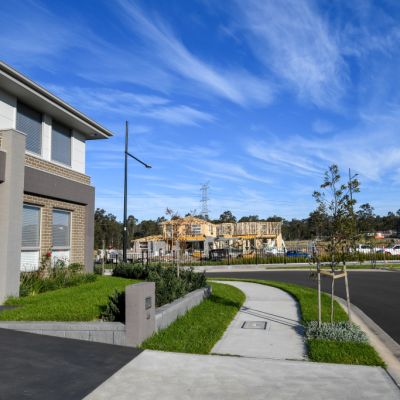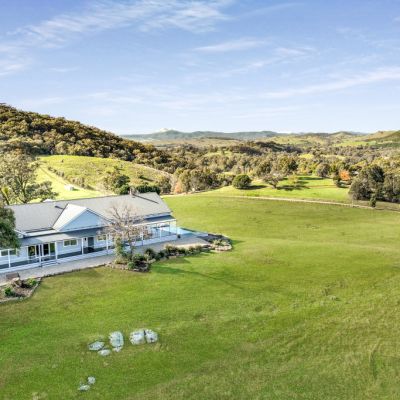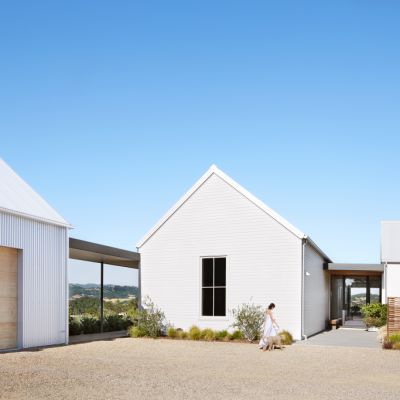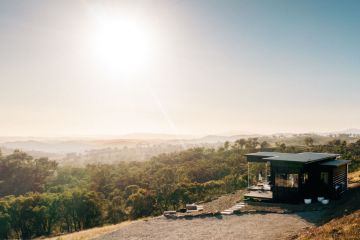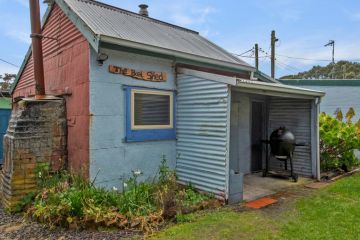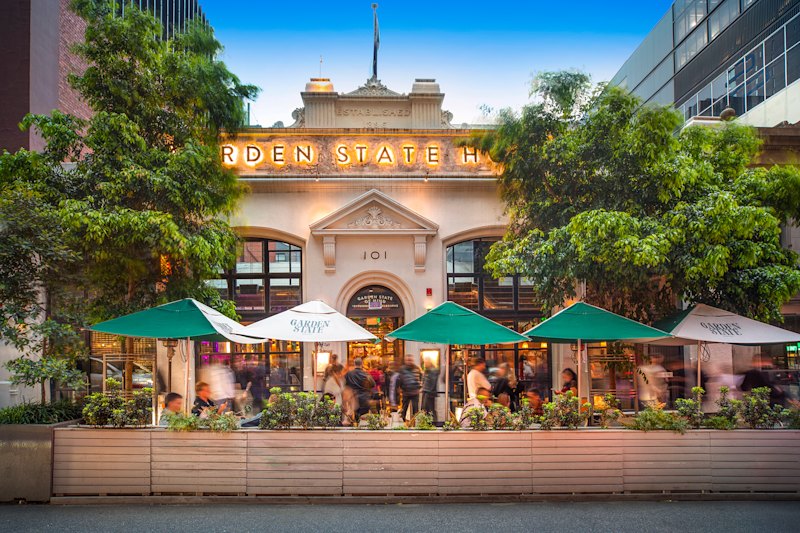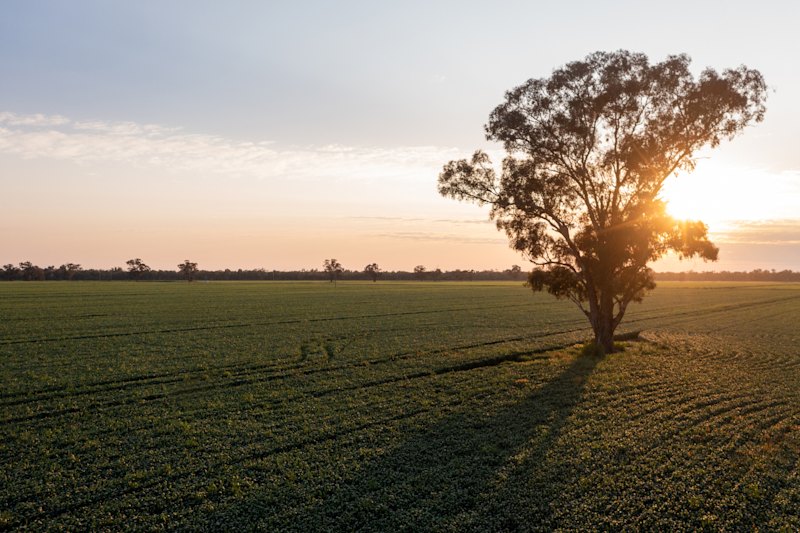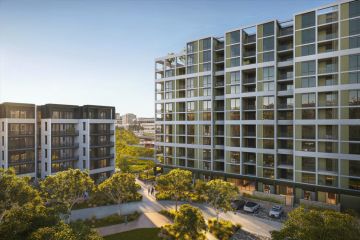How to buy a home for $60,000: What you need to know about relocating a house
When David and Julie Bland-Jackson’s family home burnt down in a mystery fire two years ago, they wanted to replace their gorgeous old 1920s Queenslander with a similar house.
So they decided the easiest way would be to find one for sale from someone who wanted to clear their block for a new build, and relocate it to the site of their old home in the town of Boonah, 80 kilometres south-west of Brisbane.
“We found there are hundreds of houses available for relocation, but 90 per cent are pretty standard homes and we really love old Queenslanders,” David says. “Then we found an old Queenslander for sale in Kangaroo Point in a fair state of disrepair but with good bones.
“We bought that and contacted a relocation firm who came in, cut it in half and took off the roof and struts in order to transport it by truck, and then took it to the site and joined it back up together. It was an artform!”
Before and after: David and Julie’s house was moved 80 kilometres on two trucks from Kangaroo Point in Brisbane to the town of Boonah, before being renovated.
David, 63, a fireman and antique clock repairer, and Julie, 60, a retired public service administrator, then carried out a major renovation, adding a whole new level underneath the house, and adding a fourth bedroom.
“It’s really difficult to say how much it’s cost as compared to how much having a new house built might have cost,” Julie says. “But yes, I’d say it was probably only half the cost, especially with building materials like steel and timber having increased so much.
“But you wouldn’t have been able to build a house anything like this today, with so much character, leadlight windows, timber archways and a real wow factor.”

How much does it cost to relocate a house?
John Wright, the owner of Queensland House Removals – the company which relocated this home, as well as the five houses on the 2022 season of The Block – says more and more people are now looking for old houses that can be relocated for a fraction of the cost of a new build.
Prices can start anywhere from $60,000 for a small two-bedroom home to be bought and then moved and stumped on a new site, to over $300,000 for a more substantial home or even more if a house is bigger or brick and has two storeys which have to be sliced apart for transporting.
“I’ve done this work all my life and we’ve never been busier than we are at this moment,” John says. “When COVID hit, demand increased as the cost of building went up.
“It’s just a lot, lot cheaper to buy and relocate a home as compared to building one. As a result, the size of my company has now doubled in the last two years. We’re just limited by how hard it is to get workers, and 10 of our staff of 40 are now my family.”
What types of houses can be relocated?
Many people wanting to clear their land for a new build contact firms like John’s to give them first refusal on their houses. One in four, he says, is worth moving – the rest are often in too bad a condition or have problems like asbestos. The ones he rejects are usually then sold on the internet.
Houses that are nine metres wide, or less, can usually be moved without having to be cut in two, but if they’re wider they need to be halved. Also, if they have two levels, the top one has to be craned off because of the dangers of overhead wires and low bridges on the drive to their new location.
With Queenslanders that sit off the ground, a trailer can be positioned underneath and a hydraulic lift used to move them. The bigger the house, the more expensive, not least because of the number of posts that have to make up the new foundations.
“Some people buy a heap of rubbish and that’s a pain,” John says. “We do move brick too, but that can cost a lot. Mostly our houses are timber-clad and framed with timber floors.”
Other costs include planning permissions, building approvals, certification, rewiring and replumbing – as relocated houses are treated by the authorities as new builds – as well as connecting to services and either necessary touch-ups or full renovations.
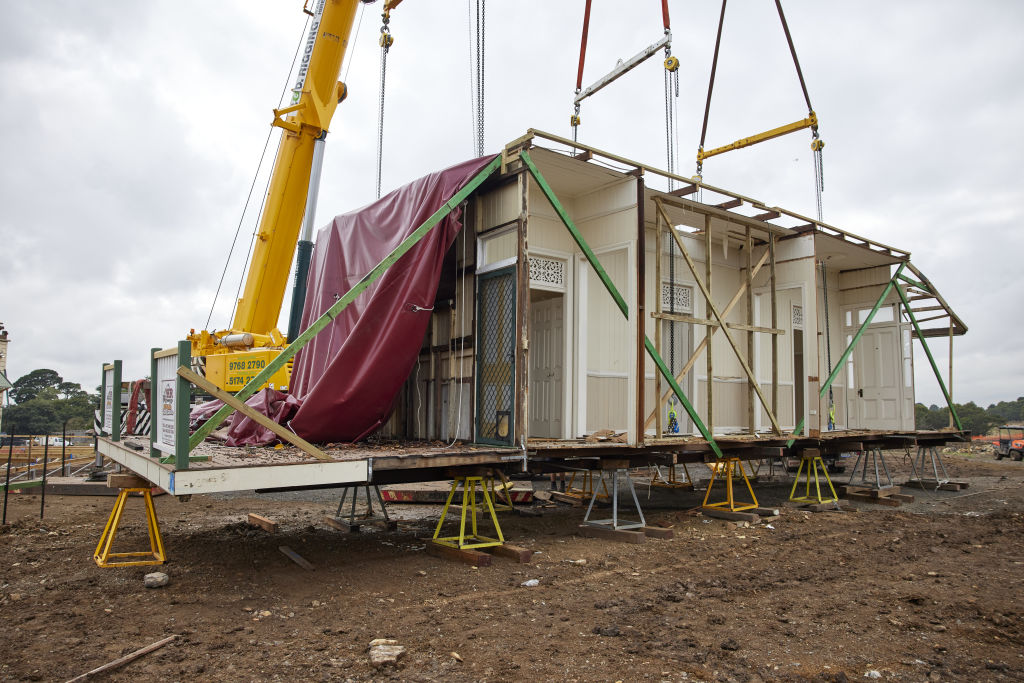
What to consider before relocating a home
At Nine In Six Builders in Melbourne – the construction company tasked with helping The Block contestants transform rundown relocated houses – director Aidan O’Shannessy says relocating a house can be a very viable alternative to building a new home.
“As an industry, everything is costing more than it did a year ago, so buying and relocating existing homes is becoming more attractive all the time,” he says. “It can be very cost-effective if you buy the right home with a bit of charm.”
“You don’t get much change from $500,000 building a new house, so if you can get and move a house for $150,000, and then renovate it, that’s quite an enticing exercise. And it’s wonderful to save a good house from being destined for the scrapheap.”
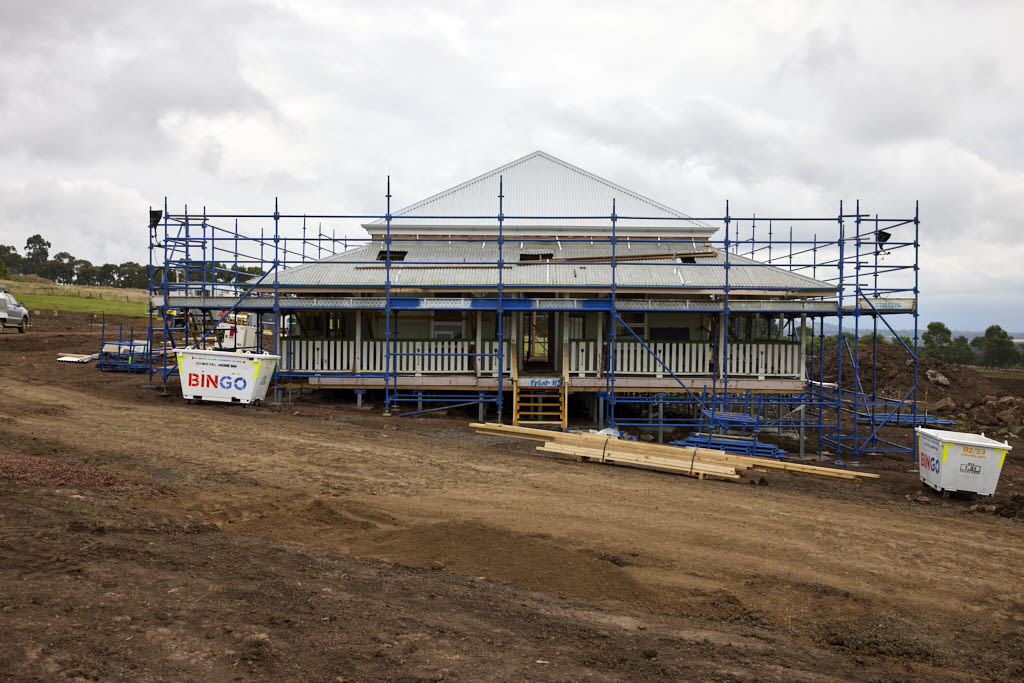
He cautions potential relocators, however, against being blinded by the romance of the idea, rather than checking carefully whether a house is really worth the effort. In addition, they have to be careful if they’re planning to move regions, or interstate, that the house actually will suit its new area in both design and suitability.
“You bring a Queenslander down to Victoria and you’ll find it hasn’t been built for Victorian conditions,” Aidan says. “There probably won’t be much insulation, or even room for insulation, so that can take a fair bit of work to make it appropriate.
“But while it’s not for the faint-hearted, if you find the right house, it can be a good way to have your dream home.”
In NSW, a relocated home won the top 2022 architecture award for sustainability after architect Harley Graham bought a rotting home in Brisbane, relocated it to Byron Bay and then did a thorough renovation. “I love it as it’s so full of soul,” he says. “You wouldn’t get that with a new house.”
The Blands are thrilled with their new-old home. “We’re passionate about the character of old Queenslanders,” John says. “And we’ve loved saving an old home that might otherwise have been demolished.”
We recommend
We thought you might like
States
Capital Cities
Capital Cities - Rentals
Popular Areas
Allhomes
More
- © 2025, CoStar Group Inc.
